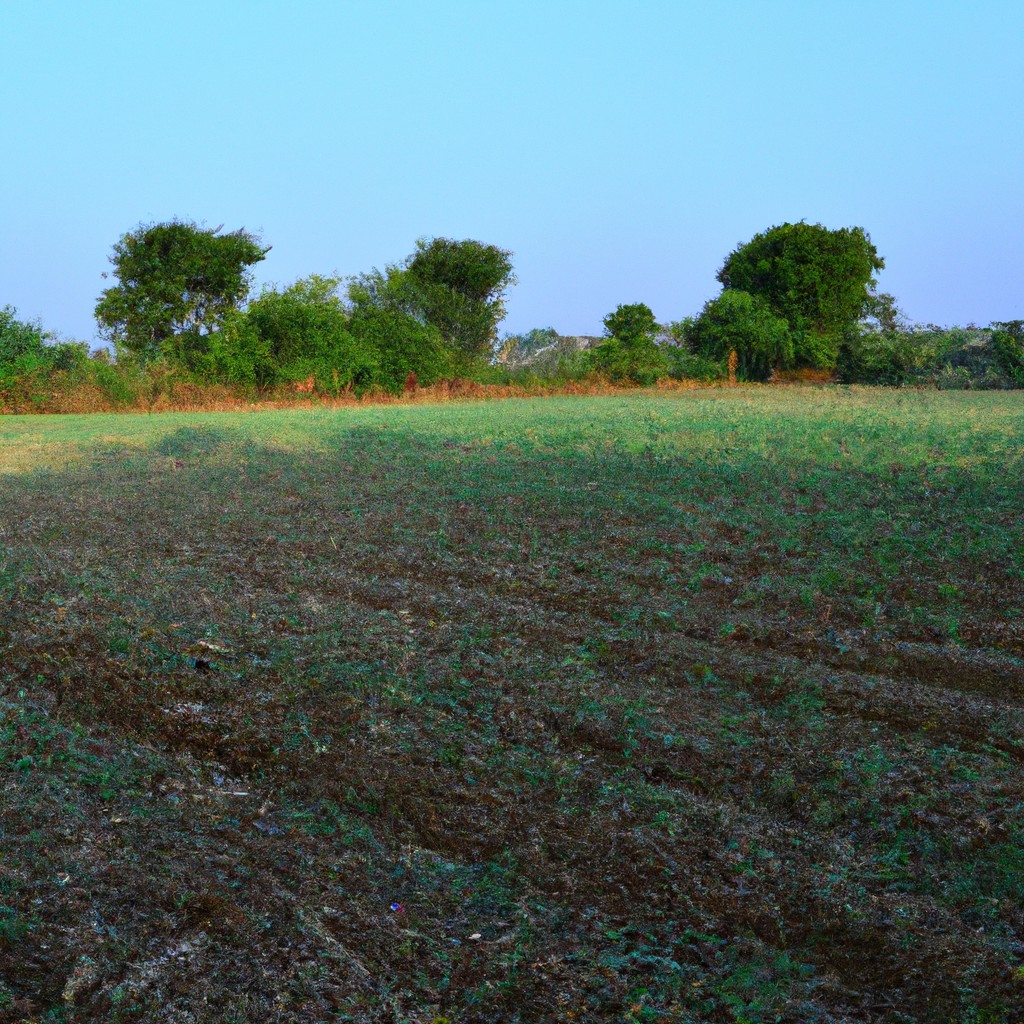Discover how sustainable practices are transforming the agriculture industry for a greener tomorrow.
Look Inside:
Overview of Agriculture’s Economic Impact

Imagine tossing a stone into a pond: the ripples spread far and wide. Now picture agriculture as that stone; its economic ripple effect is massive. It’s not just about the fresh apples you buy or the grain harvested for bread. This sector fuels a vast network of industries, from machinery manufacturers who equip farmers with their latest gadgets to transportation systems that carry goods to your local store.
Dollar for dollar, few industries have agriculture’s multiplier effect. Every dollar generated by farm produce stimulates further spending, creating jobs and growth in other sectors. Consider the humble potato: its journey from soil to supermarket engages truckers, advertisers, packagers, and countless others in-between.
Also, don’t forget the role of exports. Countries with a surplus of crops play a pivotal financial role by trading on the global stage. This not only brings in valuable foreign currency but also strengthens global food security.
In a nutshell, agriculture is a cornerstone of economic wellbeing. Its tentacles reach deep into the fabric of society, supporting and bolstering lives far beyond the fields.
Employment in Agriculture and Related Industries
Picture this: a vast tapestry of jobs, from tending fields to high-tech agronomy. The industry is a hive of activity, with people who have dirt under their nails and those wielding tablets to streamline harvests. Rural communities often hinge on these jobs, and it’s not all old-school.
Innovation’s ripe in this sector, too. Think drones flying over crops, data crunching to predict yields, and plants engineered to thrive in a pickle. There’s a role for the tech-savvy and tradition enthusiasts alike.
Farmers are the bedrock, true, but the agri-world spins with support from equipment manufacturers, supply chain specialists, food scientists, and countless others. All hands on deck, from farm to fork.
Now, job growth can be seasonal, fluctuating with cycles of planting and harvest, yet long-term opportunities ripen as we better understand sustainability and resource management. That’s where the new crop of agriculture grads, armed with fresh ideas on food systems, comes into play.
So, whether one’s passion sprouts from soil science or the trade winds of global food markets, there’s a row to hoe in agriculture. The industry doesn’t just feed stomachs; it feeds economies and dreams.
Trending Facts & Insights in Agricultural Employment
Shifts in agricultural employment reflect broader economic and technological trends. As precision farming gains traction, there’s a rising demand for skilled workers familiar with GPS and data analysis. Traditional roles are evolving, with a diminished need for manual labor due to robotic automation. Conversely, urban farming is carving out new job niches, meshing technology with traditional practices. This wave of innovation has also sparked a surge in ancillary sectors such as equipment maintenance, software development, and sustainability consulting, broadening the scope of career opportunities within agriculture. Moreover, there’s a vital push for educational programs focusing on the intersection of agriculture and technology to equip the next generation with the skill set required in this dynamic sector.
Climate Change Effects On Agricultural Yields
Rising temperatures and altered precipitation patterns are juggling the traditional growing seasons. Crops that thrived under specific conditions are now playing musical chairs with planting dates. It’s a gamble: some regions may see longer growing periods, but the stress on water resources and the increased risk of heat stress to plants could offset those advantages.
Unpredictable weather isn’t just a headache for picnickers; it spells trouble for farmers. Sudden downpours, dry spells, or early frosts can throw a wrench in the best-laid agricultural plans, leading to yield reductions. And, as if straight out of a mischievous playbook, pests and diseases are expanding their territories thanks to warmer climates, ready to gatecrash the crop party.
Not to paint a gloomy sky, but the increased CO2 levels also have a part to play. Sure, plants love carbon dioxide, but too much of a good thing is, well, too much. Crops may grow faster, but often at the expense of nutritional content—the old adage of all that glitters is not gold rings true for overly fast-growing produce.
So, farmers are donning new thinking caps, experimenting with crop varieties more resilient to these climate curveballs. It’s about adapting to the new rhythms of nature while nurturing the land to keep the pantry of the world stocked.
Environmental Impact and Sustainability Challenges
Farming goes hand in glove with Mother Nature, but sometimes they seem to be at loggerheads. Take, for instance, soil erosion. When winds meet loosely held soil, it’s like they’re at a dance, waltzing the topsoil away, leaving behind barren lands that groan under the sun, unable to support crops.
Water use is another squirmy worm in the apple. Crops are thirsty, but with only so much to go around, we’ve got to be wise. Over-irrigation can lead to salinization, where the land becomes as salty as a sea captain’s vocabulary, making it tough for anything to grow.
And then there’s the greenhouse gas emissions – agriculture’s not-so-silent but deadly contribution to climate change. Cows, in all their bovine glory, burp out methane, a gas that’s like a heat-trapping blanket around the planet.
Pesticides? It’s a mixed bag. On the one hand, they’re defenders of crops, slaying pests like tiny knights. Yet, they can turn into villains, seeping into waterways and wreaking havoc on aquatic life.
The buzz around bee health isn’t just because they’re nature’s little workers. Pesticides and habitat loss are giving bees a hard time, and without them, the morning toast might just miss its honey topping.
These are not insurmountable hurdles, though. Every challenge is a door to innovation, waiting for the next bright idea to turn the key.




